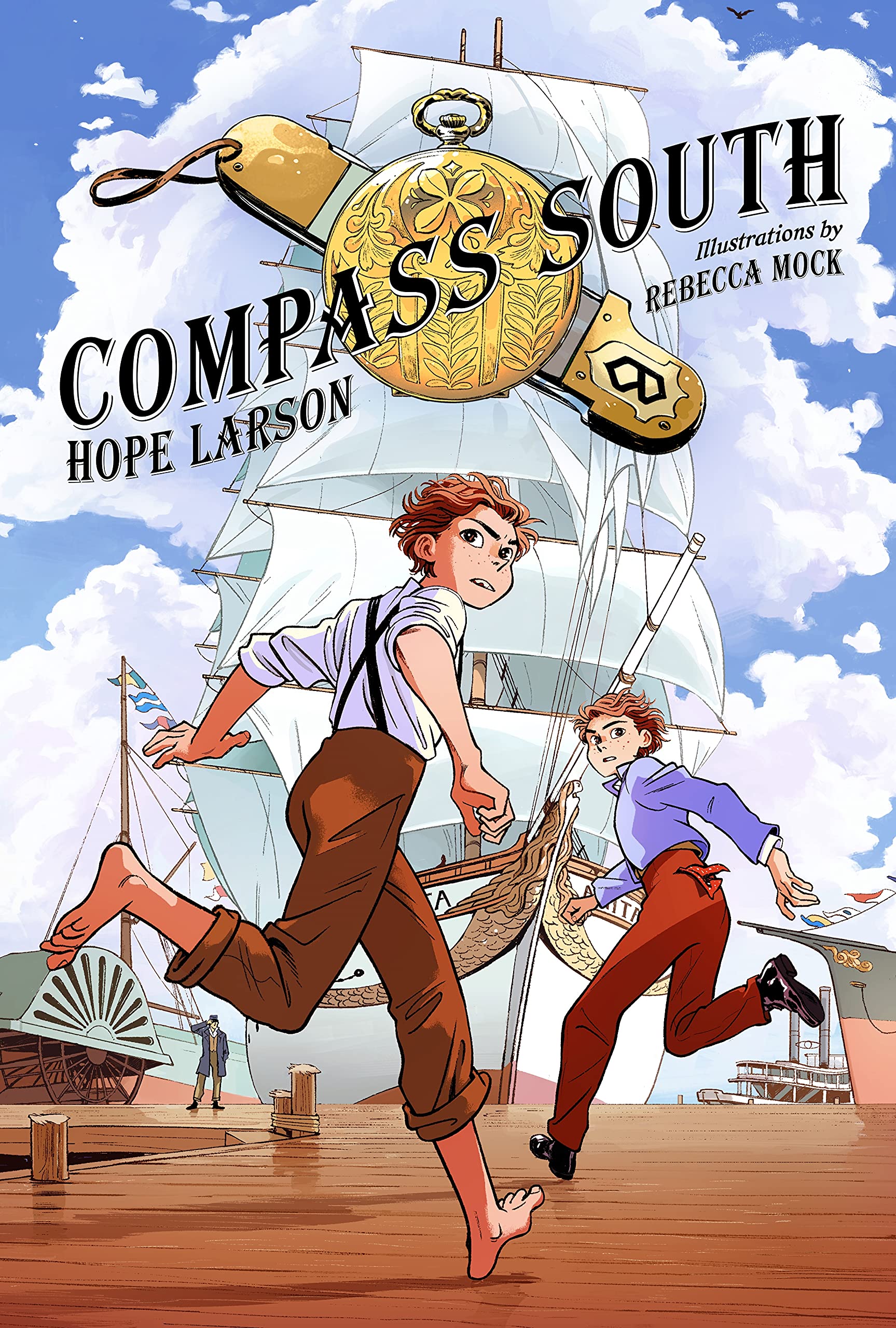
by Michele Kirichanskaya | Dec 31, 2022 | Blog
Hope Larson is the author of All Summer Long, which was a Kirkus Reviews Best Book of 2018 and an Eisner Award Nominee, as well as the recently published sequel, All Together Now. She also adapted and illustrated A Wrinkle in Time: The Graphic Novel, which spent...
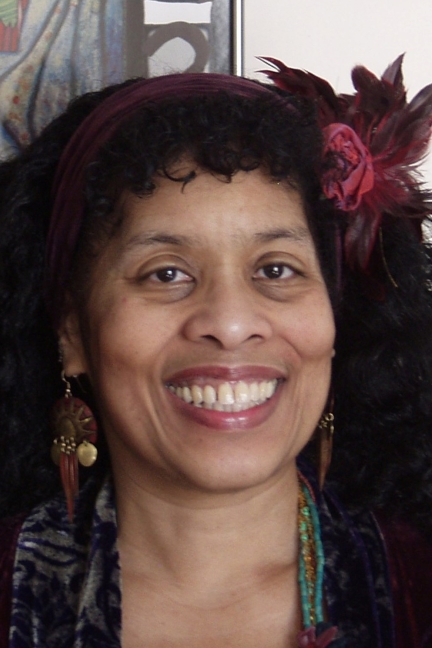
by Michele Kirichanskaya | Dec 23, 2022 | Blog
Andrea Hairston is a novelist, essayist, playwright, and the Artistic Director of Chrysalis Theatre. She is the author of Redwood and Wildfire, winner of the 2011 Otherwise Award and the Carl Brandon Kindred Award, and Mindscape, shortlisted for the Phillip K Dick and...
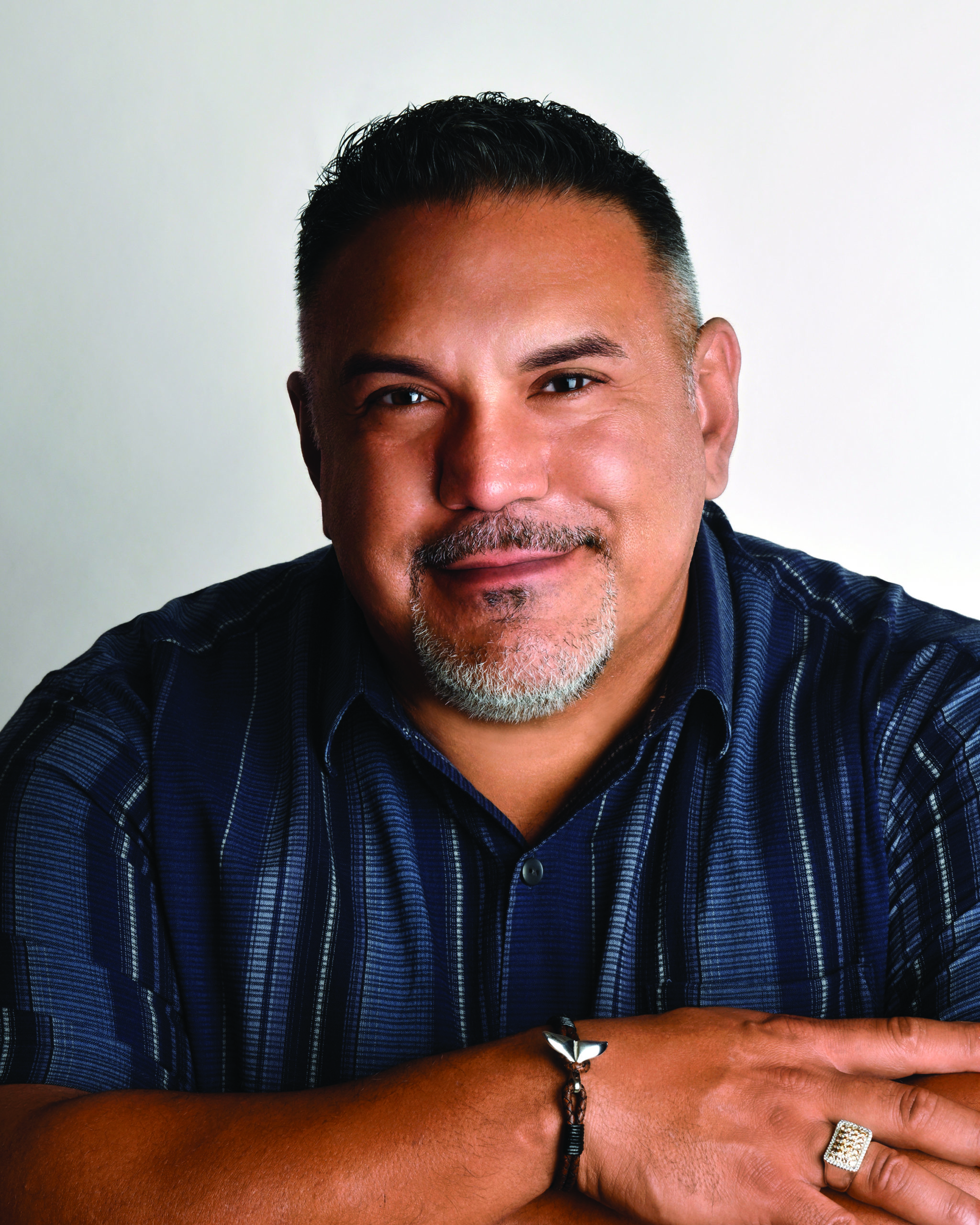
by Michele Kirichanskaya | Dec 21, 2022 | Blog
Jesse Leon is a social-impact consultant to foundations, impact investors, non-profits, and real estate developers on ways to address issues of substance abuse, affordable housing, and educational opportunities for at-risk youth. Since receiving a master’s degree from...
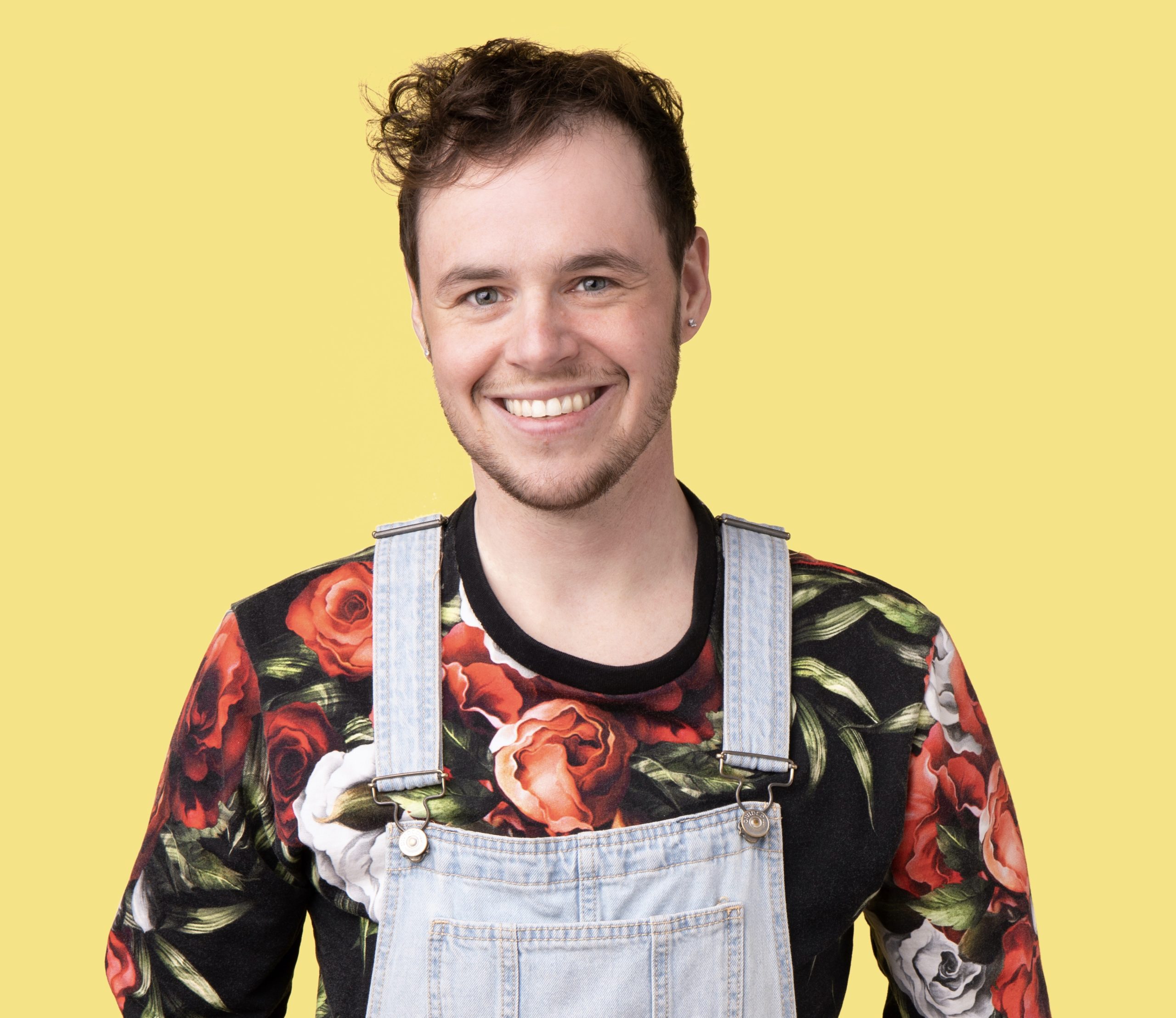
by Michele Kirichanskaya | Dec 18, 2022 | Blog
Will Betke-Brunswick is a cartoonist and a recent graduate of the California College of the Arts MFA in Comics program. Will’s work has appeared in the new print edition of Trans Bodies, Trans Selves; How to Wait: An Anthology of Transition; and...
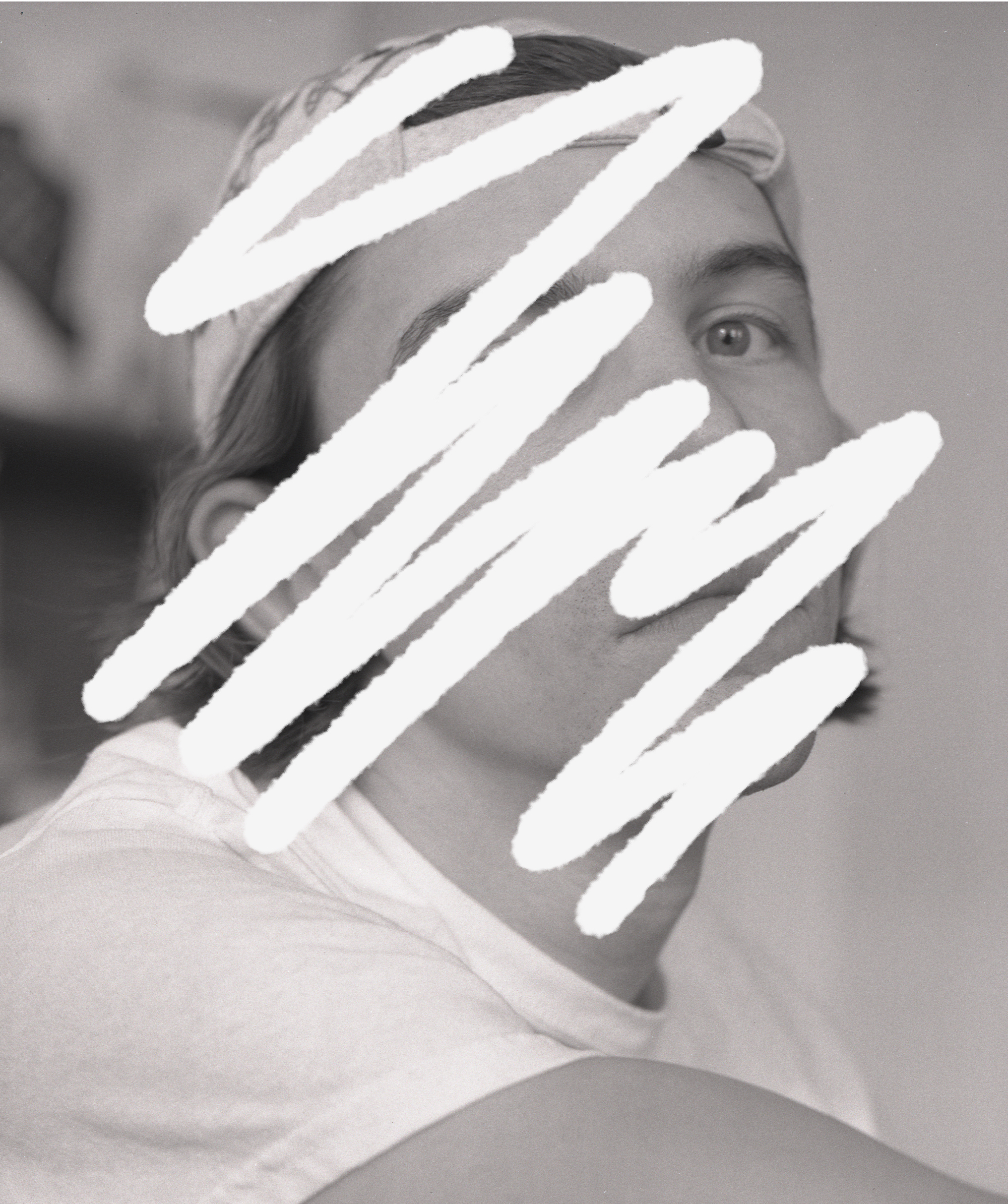
by Michele Kirichanskaya | Dec 16, 2022 | Blog
John Elizabeth Stintzi is the recipient of the 2019 RBC Bronwen Wallace Award and the inaugural Sator New Works Award. Their writing has appeared in Ploughshares, The Malahat Review, Kenyon Review, Best Canadian Poetry, and others. They are the author of the novels My...






